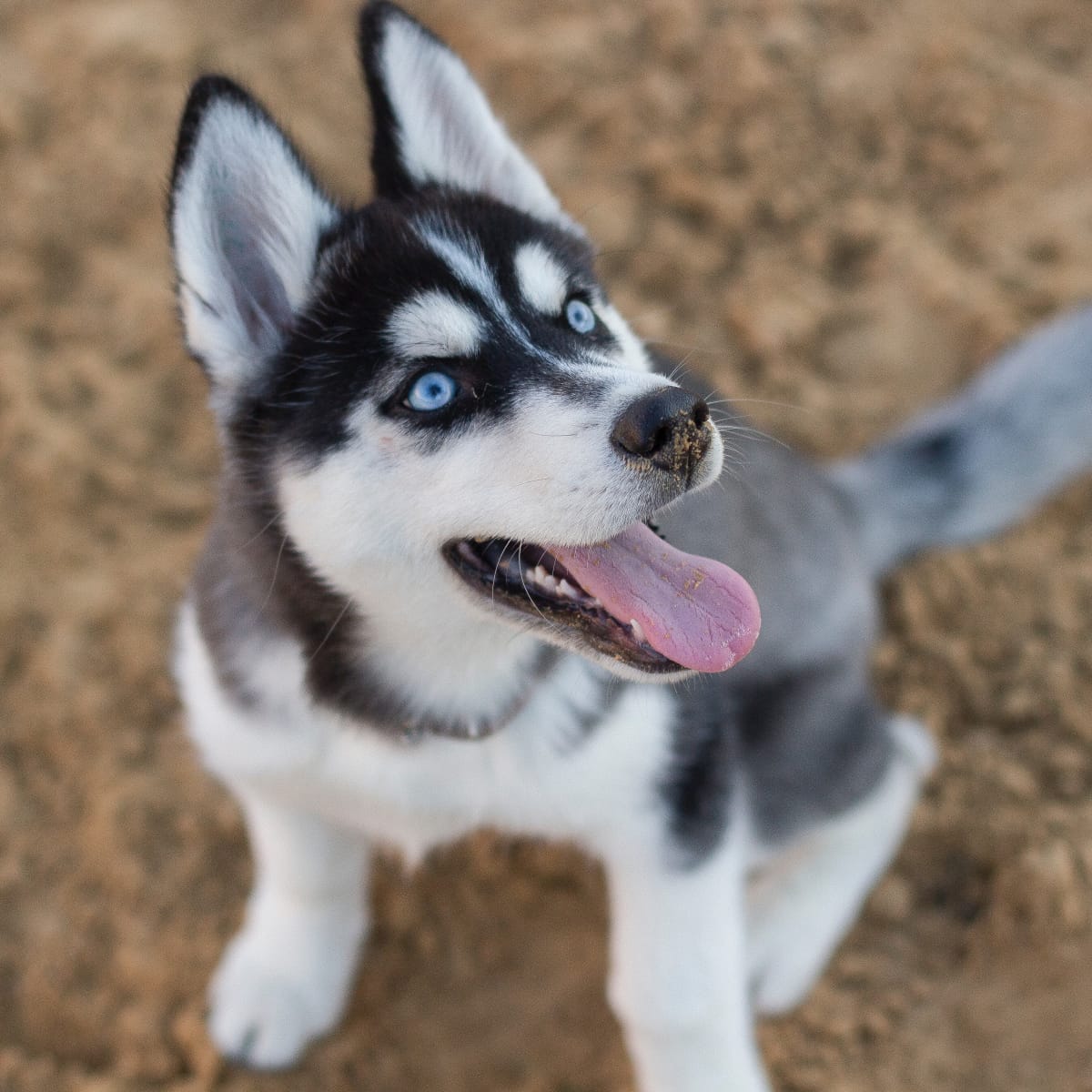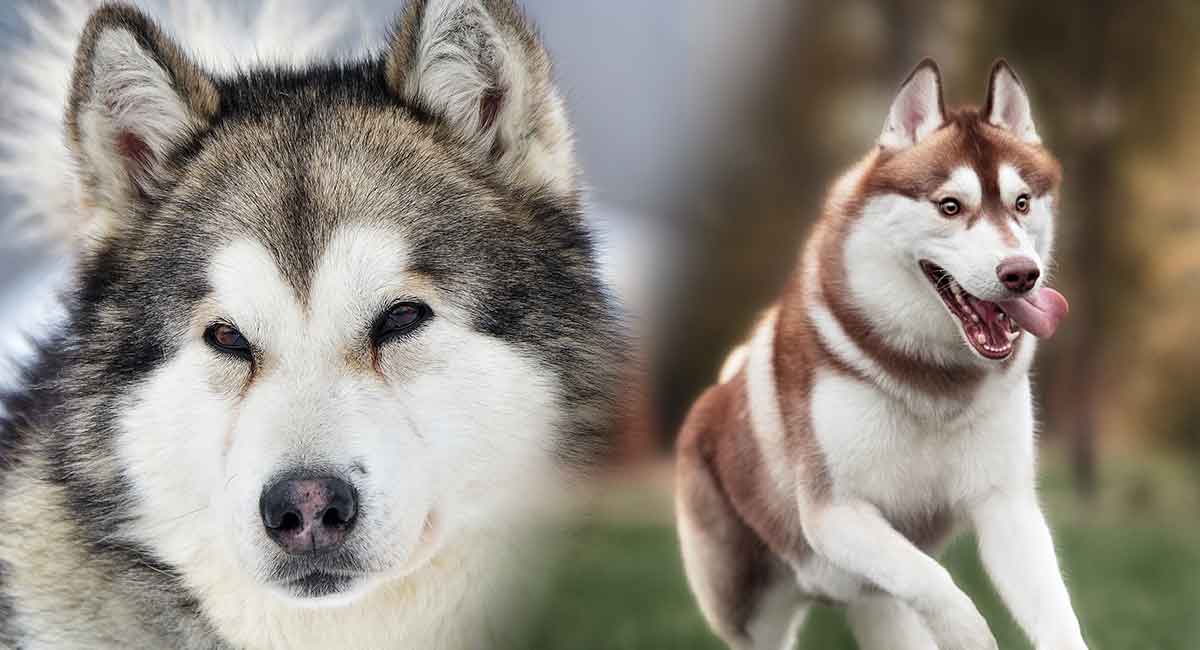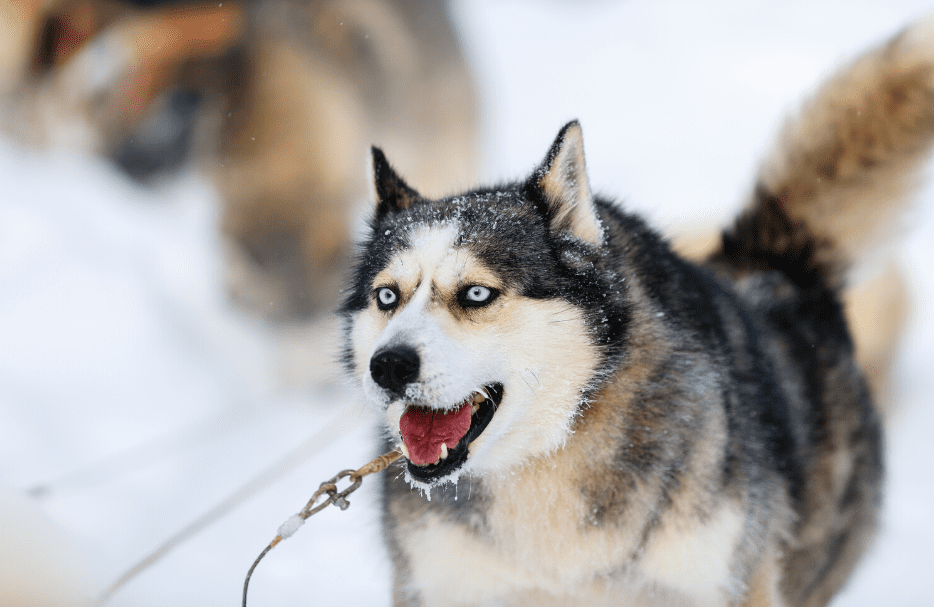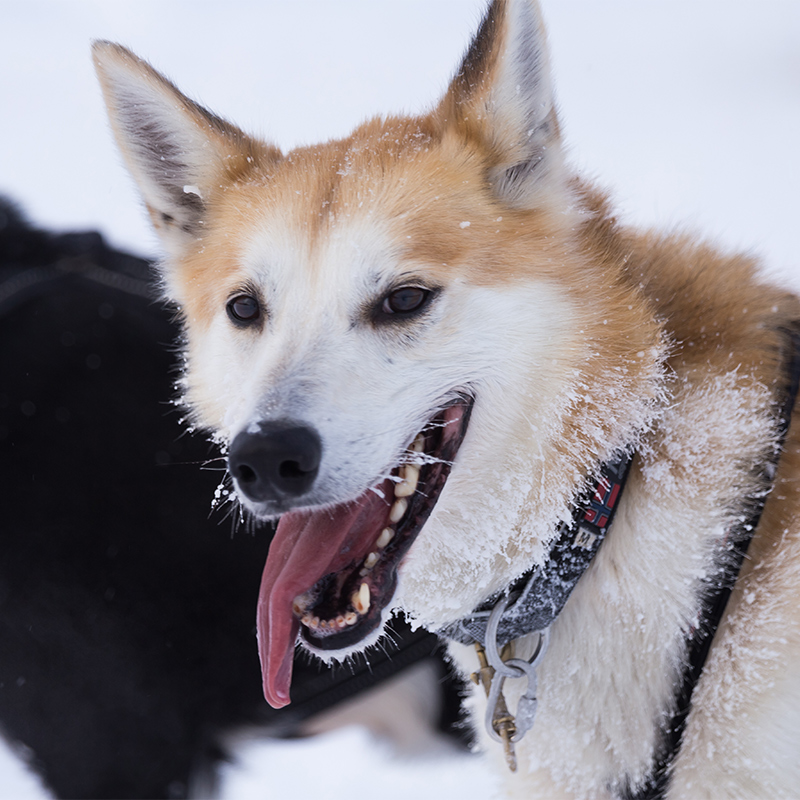Is Alaskan Husky a Real Breed?

Yes, the Alaskan Husky is a real breed of dog that has been selectively bred over time for its stamina and endurance in sled dog racing. However, it is important to note that it is not recognized by major kennel clubs as a distinct breed because it is not a purebred dog with a standardized appearance.
The Alaskan Husky is instead a type of dog that is created by crossing various breeds such as Siberian Huskies, Greyhounds, and Pointers, among others. This crossbreeding is done to produce a dog that is well-suited to the unique demands of long-distance sled dog racing.
Alaskan Huskies are highly prized by mushers (sled dog racers) for their endurance, speed, and strength. They are also known for their friendly and outgoing temperament, which makes them great family pets as well.
While they may not have a standardized appearance like other recognized breeds, Alaskan Huskies typically have a lean and muscular build with a thick coat that comes in a range of colors. They also have erect ears and almond-shaped eyes.
Origins of the Alaskan Husky Breed
The Alaskan Husky is a working dog breed that originated in Alaska, United States. Unlike other breeds, there is no specific breed standard for the Alaskan Husky. Instead, they are bred for performance and function rather than appearance. The breed was developed through crossbreeding with various northern dog breeds, such as Siberian Huskies, Malamutes, and Greyhounds, to create a dog that could pull sleds quickly and efficiently over long distances.
Characteristics of the Alaskan Husky

The Alaskan Husky is a medium-sized dog that usually weighs between 35 to 60 pounds and stands at a height of around 20 to 24 inches at the shoulder. They have a thick double coat that helps them withstand cold temperatures, with colors ranging from black, white, grey, and brown. Alaskan Huskies have erect ears and a curled tail, which are some of their distinguishing physical traits.
How is the Alaskan Husky Different from Other Breeds?

Alaskan Huskies are often compared to other sled dog breeds like Siberian Huskies and Alaskan Malamutes. However, unlike these breeds, Alaskan Huskies are not recognized by major kennel clubs like AKC, UKC, or CKC. They are also not considered a purebred dog breed since their breeding is based on function rather than looks.
Health Concerns for Alaskan Huskies
Like all dog breeds, Alaskan Huskies are susceptible to certain health problems. Hip dysplasia, cataracts, and hereditary deafness are some of the common health issues that affect the breed. It is important to ensure that your Alaskan Husky receives regular check-ups from a veterinarian to maintain their health.
Training and Care for Alaskan Huskies

Alaskan Huskies are a breed of working dogs that are highly energetic and require regular exercise and training. These dogs have been bred for centuries to pull sleds and perform other tasks in cold winter environments, and as such, they have a natural inclination towards an active lifestyle.
Given their high energy levels, Alaskan Huskies thrive on activities like running, hiking, and playing. Regular exercise not only helps them burn off excess energy but also keeps them physically and mentally healthy. However, it is important to note that simply giving these dogs a large yard or ample space to run around in may not be enough to satisfy their exercise needs, as they require structured activity and interaction with their owners.
Proper training is crucial for Alaskan Huskies since they have a strong prey drive and can be stubborn at times. Without proper training, these dogs can exhibit destructive behaviors like chewing, digging, and escaping. Additionally, their prey drive may cause them to chase after small animals like squirrels and cats, which can lead to dangerous situations if they are not properly trained to control their instincts.
Consistent training and positive reinforcement are essential for creating a well-behaved and obedient Alaskan Husky. Positive reinforcement techniques like treats, toys, and praise can help motivate these dogs to learn and obey commands. Training sessions should be kept short and frequent, and the focus should be on teaching the dog basic obedience commands like sit, stay, come, and heel. As the dog becomes more proficient in these commands, more complex training can be introduced such as agility courses or even pulling sleds.
The Popularity of Alaskan Huskies as Pets

Alaskan Huskies, while not recognized as a purebred dog, are gaining popularity as pets. These dogs are highly intelligent and loyal, making them great companions for families who lead an active lifestyle. However, it is important to understand their history and purpose before bringing one into your home.
Originally bred for working purposes, Alaskan Huskies have a strong instinct to run and pull, often used for dog sledding or other types of work that require strength and endurance. As such, they need a lot of exercise and mental stimulation to be happy and healthy.
Owners should ensure that they provide ample opportunities for their Alaskan Husky to exercise and engage in activities that challenge their minds. Daily walks or runs, as well as participation in dog sports like agility or obedience training, can keep these dogs physically and mentally stimulated.
It’s also essential to note that Alaskan Huskies are independent thinkers and may not respond well to traditional obedience training. Instead, positive reinforcement techniques and consistency are crucial for effective training.
Controversies Surrounding the Alaskan Husky Breed

The Alaskan Husky is a working dog breed that has been selectively bred for thousands of years by indigenous people in Alaska and other Arctic regions. However, the breed is not recognized by major kennel clubs like the American Kennel Club (AKC) or the United Kennel Club (UKC), which means there are no breed standards or regulations governing their breeding practices.
This lack of recognition has led to concerns about unethical breeding practices among some breeders who prioritize producing dogs with desirable traits over the health and well-being of the dogs. Some breeders may resort to inbreeding or other harmful practices to achieve these goals, which can result in a host of genetic health issues in the offspring.
Furthermore, some people argue that crossbreeding with other breeds, such as the Greyhound or Pointer, has led to a lack of genetic diversity within the Alaskan Husky population. While crossbreeding can bring desirable traits to the breed, it can also lead to a loss of genetic variation, making the dogs more prone to certain health issues or vulnerabilities to environmental changes.
Despite these controversies, many Alaskan Husky breeders maintain responsible breeding practices and prioritize the health and well-being of their dogs. They work to maintain genetic diversity within the breed and avoid harmful practices like inbreeding. Additionally, the breed’s working history and natural athleticism make it a popular choice for mushing competitions and other outdoor activities, further highlighting the importance of responsible breeding practices to ensure the longevity and health of the breed.
Conclusion
In conclusion, the Alaskan Husky is a unique breed of dog that was created for its working ability rather than appearance. While they are not recognized as a purebred dog, they are still highly valued for their sled-pulling abilities and make great pets for active families. Ensuring proper care, training, and health checks are essential for maintaining the well-being of these amazing dogs.